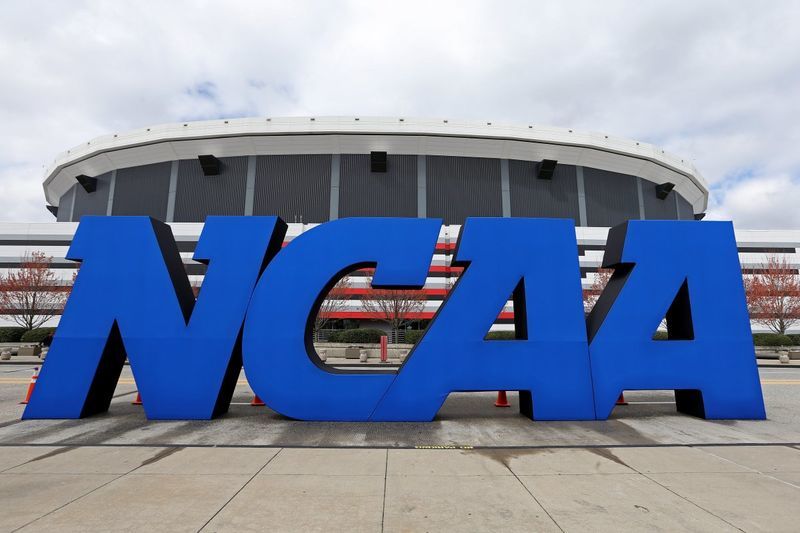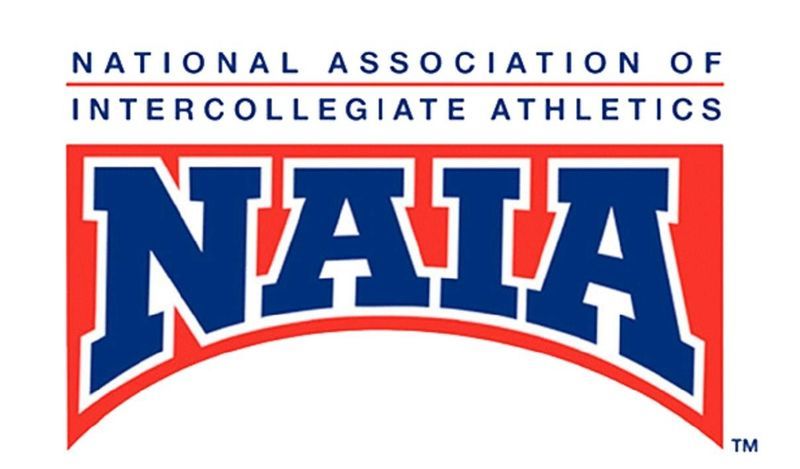College sports have main governing bodies, with schools falling to three main college sports associations: the National College Athletic Association (NCAA), the National Association of Intercollegiate Athletics (NAIA), and the National Junior College Athletic Association (NJCAA). Ultimately, the main difference is the NCAA and NAIA are for four-year institutions, with NJCAA being for community colleges or two-year institutions.

NCAA
The NCAA has three divisions: Division I, II, and III. Division I is for most large schools, whose budgets focus mainly on athletic programs. Schools within this division can give out scholarships to athletes that can cover their tuitions.
Division II schools are similar to DI (Division I) schools, but they focus more on balancing athletics and academics. They also give less in scholarship money, due to rules put in by their governing body.
Division III schools focus on the student part of student-athlete and are not allowed to award scholarships for athletics.

NAIA
The NAIA has no divisions and can be thought of as a larger DII-quality organization. Most of NAIA schools are smaller, private institutions.

NJCAA
Focused on delivering athletic competition for junior and community colleges and universities, NCJAA schools offer student-athletes a chance to play college level athletics. Often times, junior college players transfer to NCAA schools.
There you have it, college sports entities and their information. Each one is different and similar to others, but they all have a common goal: offering opportunities for college athletes to compete and play in sports.

